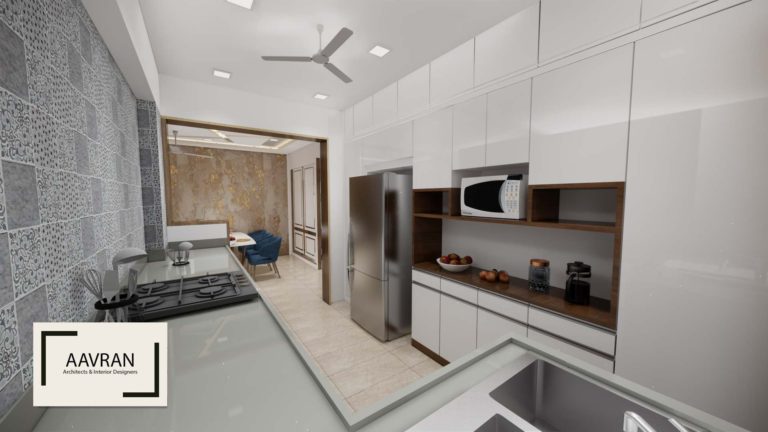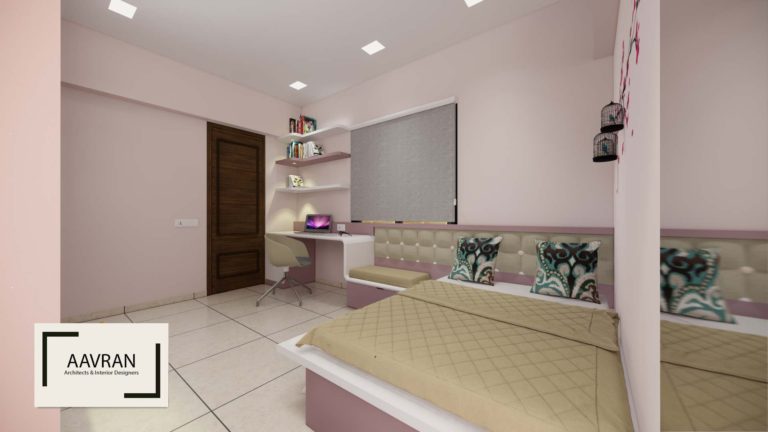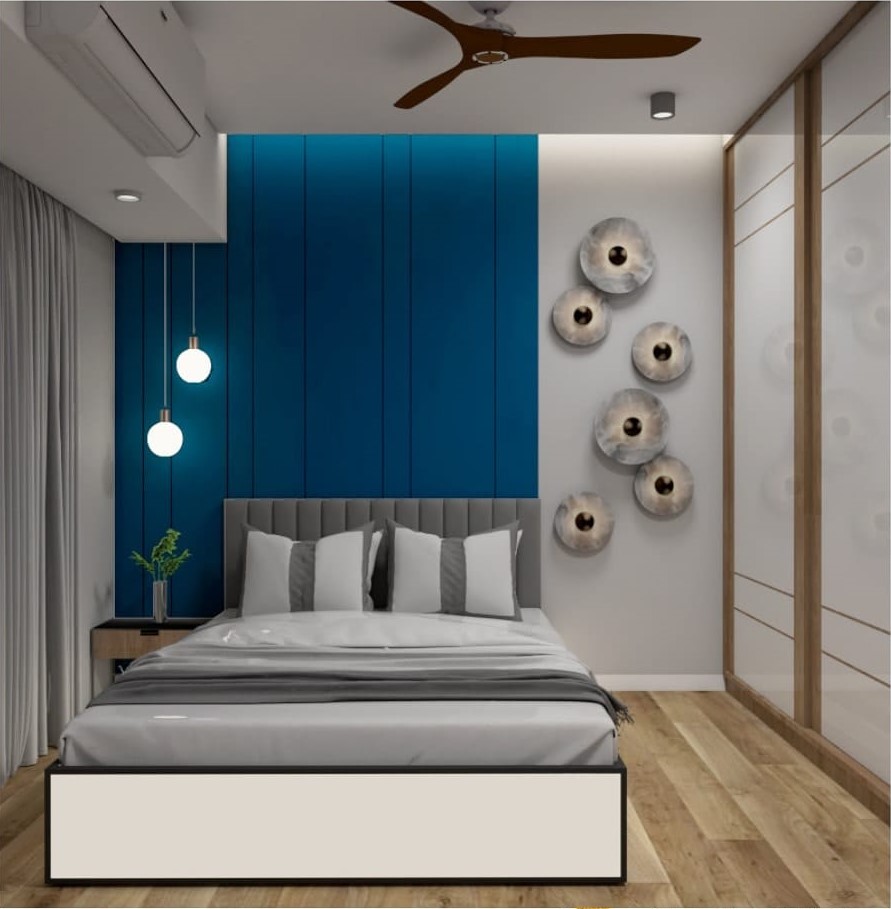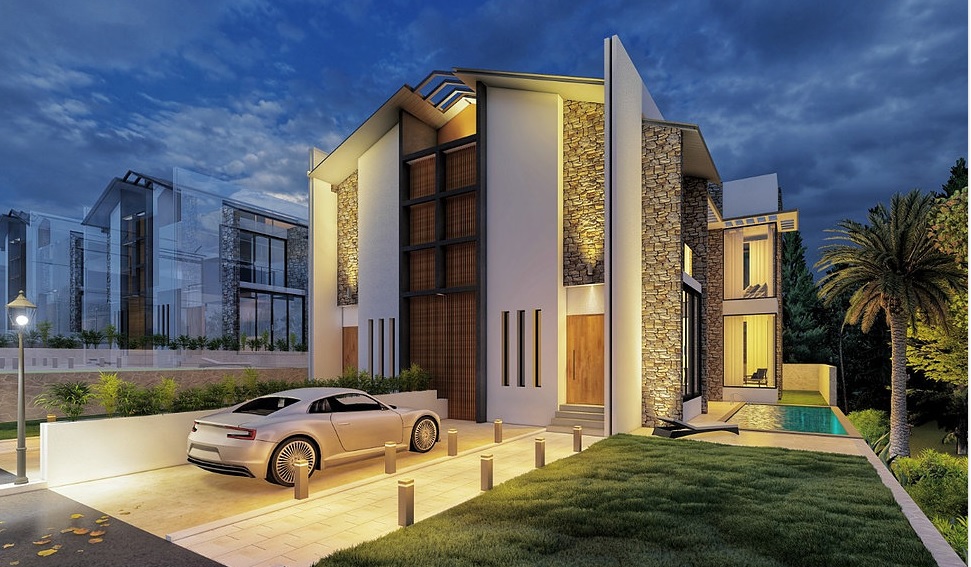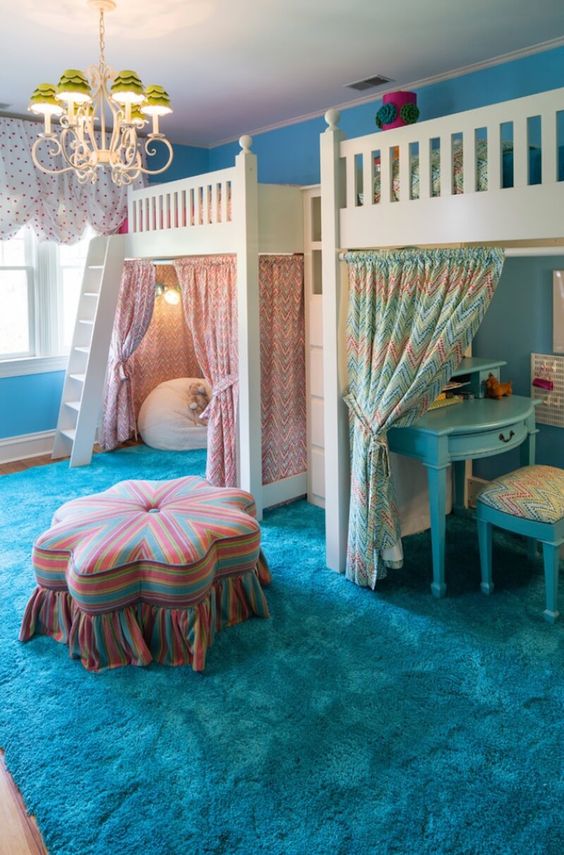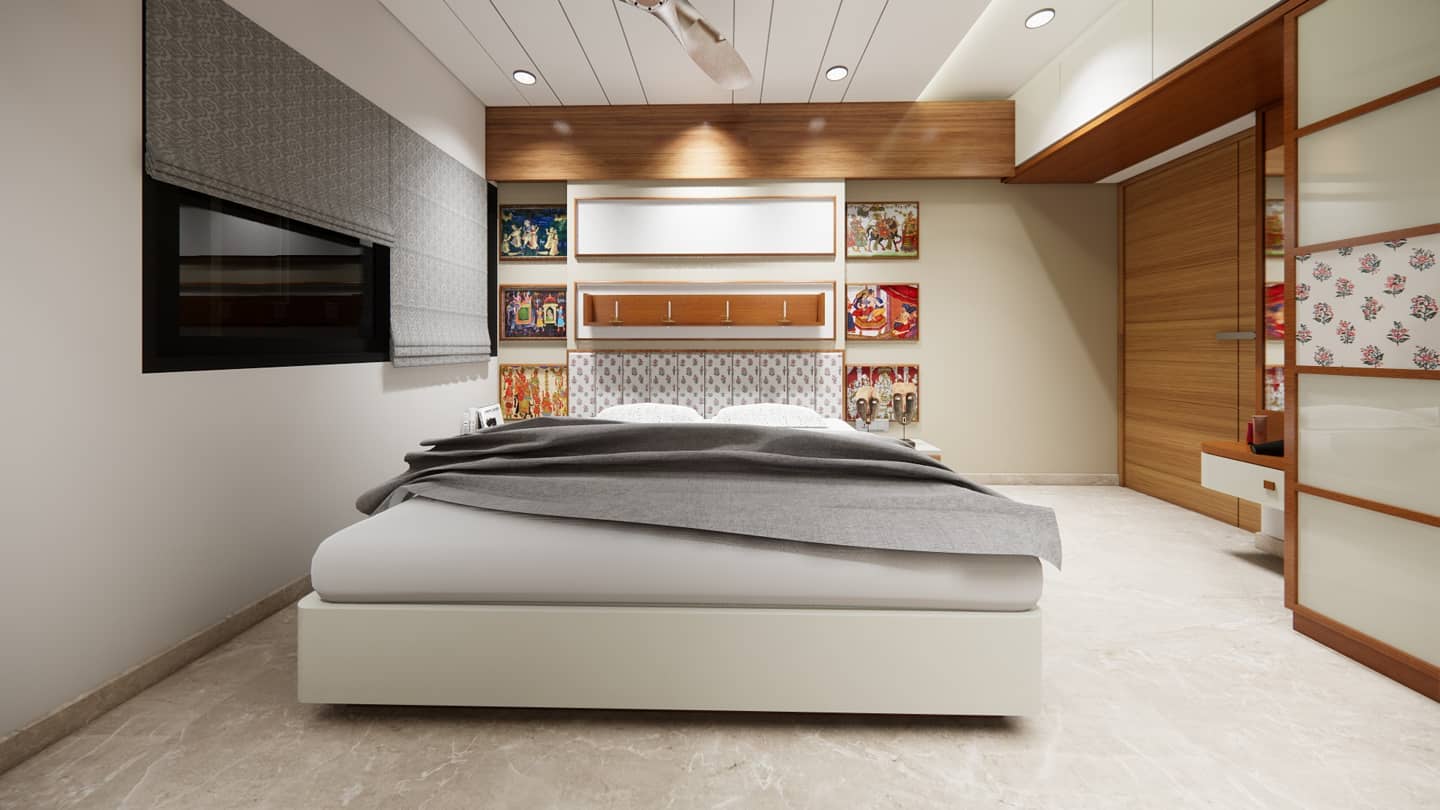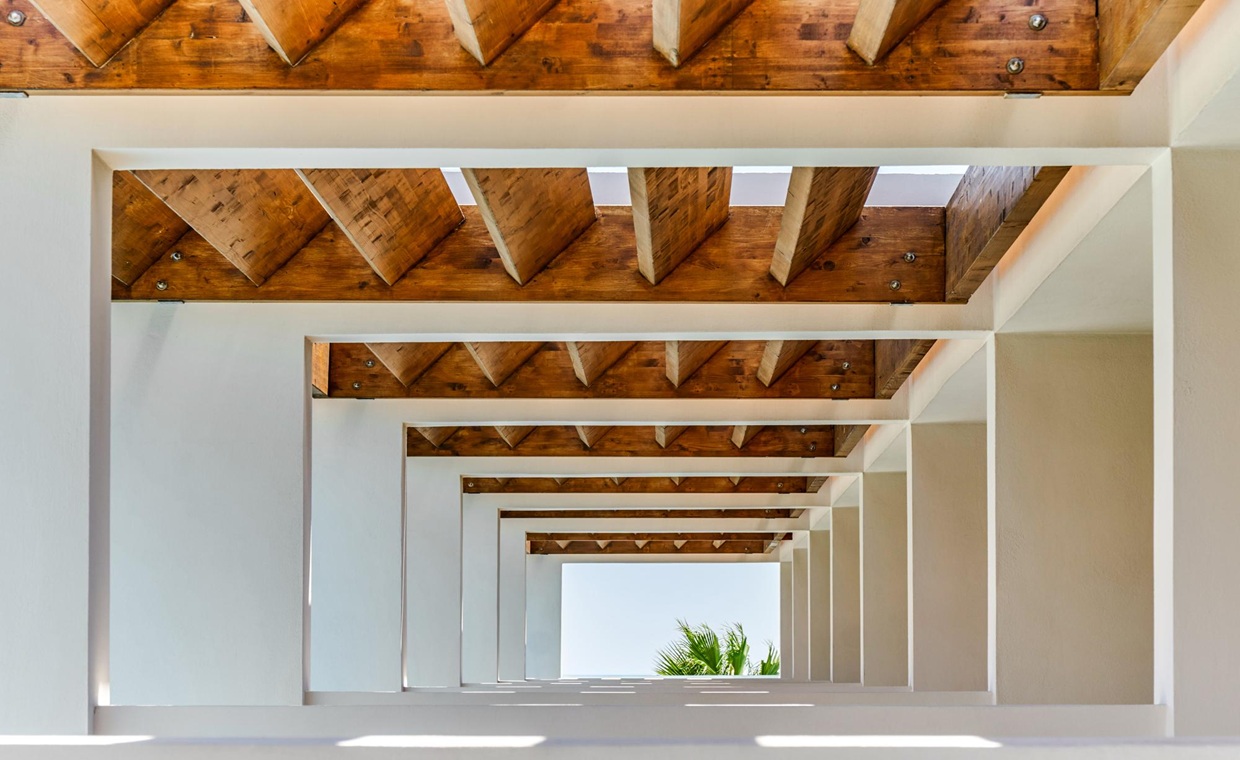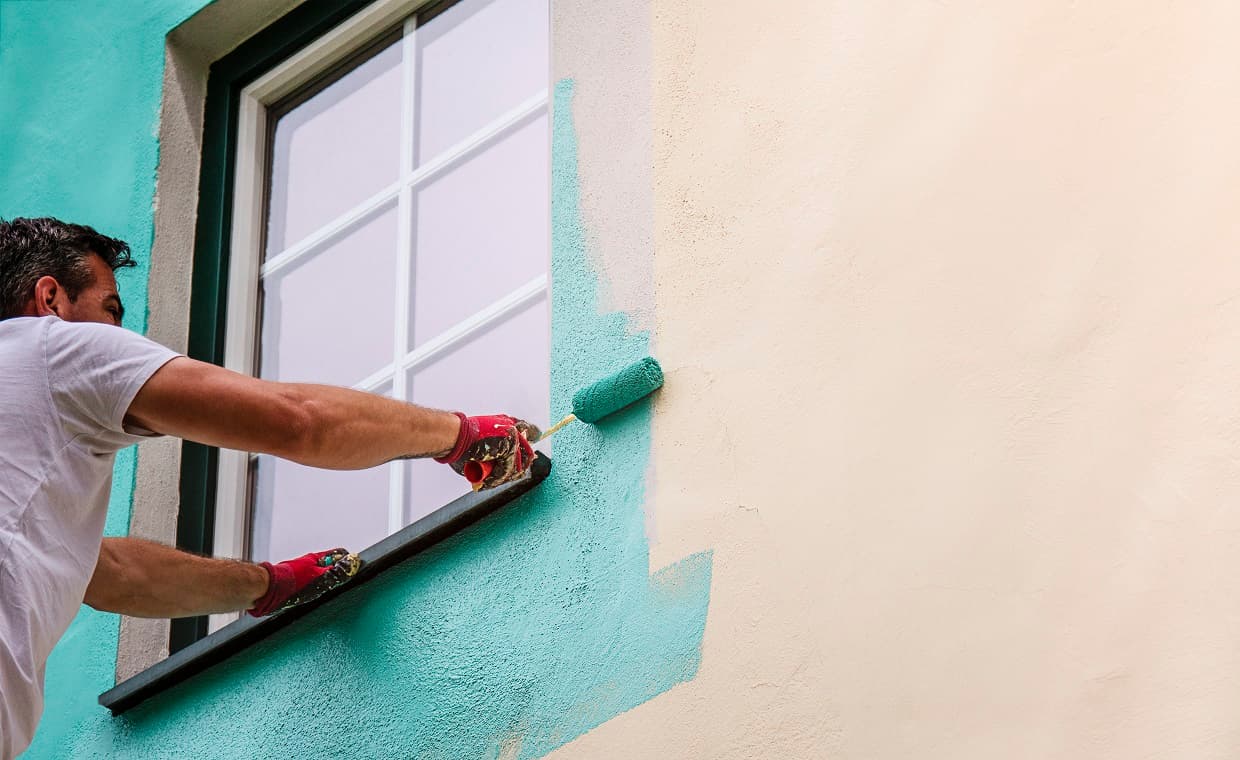
Table of Contents
Quick Summary
- Explains how to choose the best weather and season for exterior house painting across U.S. regions.
- Details a weather-safe checklist for temperature, humidity, dew point, and rain-free drying times.
- Outlines essential prep steps including washing, scraping, sanding, caulking, and priming.
- Provides a substrate-specific cheat sheet for wood, stucco, and aluminum siding.
- Covers paint color, sheen, and UV durability tips.
- Shares lifespan expectations for different materials and climates.
- Breaks down exterior painting costs by home size and factors affecting price.
- Offers guidance for deciding between DIY and hiring pros, plus a contractor vetting checklist.
Painting your home’s exterior is one of the most effective ways to boost curb appeal and protect your house from the elements. However, an exterior paint job is a big project with many variables – from weather conditions and seasonal timing to surface preparation, paint selection, cost, and the decision of DIY versus hiring a pro.
This comprehensive guide will walk U.S. homeowners through a weather-safe painting checklist, tips on the best time of year to paint, essential prep steps, material-specific advice in a substrate cheat-sheet, choosing color & sheen for durability, expected paint job longevity, a breakdown of costs (with a sample cost table), a DIY vs. hire decision guide, a pro hiring checklist, and an FAQ addressing common concerns.
Weather-Safe Checklist
Select a weather window that allows the paint to cure properly. Use this quick check.
- Temperature. Aim for 50-85°F for exterior latex. Most standard paints shouldn’t be applied below 50°F, especially if night lows dip into the mid-30s. Some low-temp lines cure at 35°F but only with tight weather control. On the high end, avoid 90°F+ heat that flashes paint dry and hurts adhesion. Also, avoid surfaces ~150°F or hotter-sun can push wall temps far above air temps
- Humidity & Dew Point. Drier air speeds cure. High RH slows film formation. Keep RH under ~70% (sweet spot 40-70%). Ensure the surface temperature is ≥5°F above the dew point to prevent condensation. Start mid-morning after dew lifts and stop a few hours before sunset, so paint sets before overnight moisture
- Rain & Dry Time. Don’t paint in the rain or if it’s imminent. Leave ≥8 hours rain-free after painting (24+ hours is safer). After heavy rain, wait a full day or more so substrates dry-especially wood and masonry. A moisture meter helps: wood should be <15% before painting. Remember, wood dries slower than stucco or aluminum
- Overnight Lows. Cool nights can stall the cure. Avoid schedules where daytime >50°F but nights freeze; that invites adhesion issues and dew staining. Choose stretches where night temps stay at or above the product’s minimum (often 35-50°F) for at least 24 hours-many pros prefer two mild nights after painting.
- Other Conditions. Skip strong winds that blow dust and speed uneven drying. In very windy, hot, or ultra-dry (<~20% RH) weather, paint can flash-dry-wait for calmer conditions. Whenever possible, follow the shade: west side in the morning, east side in the afternoon, so you’re not painting sun-baked walls. These guardrails help paint lay down smoothly and cure into a durable finish (and understanding the best time of day for exterior painting helps, too)
Best Time of Year to Paint (By Region)
Season shapes your plan as much as daily weather. For most of the U.S., the prime window is late spring through early fall when days are warm, nights are mild, and rain is limited. The “sweet spot” shifts by climate:
Cold Climates (e.g., Minneapolis, MN)
Expect a short season. The safest run is late May through September, with June to early September the prime stretch. Early summer and early fall are steady, but watch July humidity spikes and keep a one-week buffer of good weather. Spring brings rain and late frosts; fall can shut down fast with an early freeze. Winter exterior painting is off the table, even with “cold-weather” paints. For exterior house painting in Minneapolis, homeowners can work with Twin Cities pros who wash, prep, and apply two coats.
Hot & Dry (e.g., Phoenix, AZ)
Here, the battle is heat and sun. The best seasons are fall and spring (about September-November and February-April) when highs ease below triple digits. Mild winter days can work if overnight lows cooperate. Avoid midsummer; if you must paint, start at dawn, follow the shade, and wrap by early afternoon. Schedule around monsoon season (late June-September) for storms. Use heat-tolerant products.
Humid & Rainy (e.g., Florida)
Summer brings daily storms and very high humidity, so target the drier fall-winter window. Late October through March offers lower humidity, fewer interruptions, and moderate temperatures. Summer painting is doable only on select runs of dry days-work mornings and late afternoons, watch for dew, and allow extra dry time between coats.
Mild or Variable (e.g., coastal Southern California; Pacific Northwest)
Coastal SoCal can be workable most of the year, with summer and early fall preferred. The Pacific Northwest has a shorter dry spell-typically July through September.
Bottom line: Paint when you can string together several days of warm, dry, stable weather with modest humidity and no big overnight drops. For most regions, that’s late spring to early fall. When in doubt, wait-marginal conditions can cost years of durability.
Prep Steps for a Lasting Paint Job
Prep drives durability. Once timing is set, focus on these essentials:
- Wash the exterior. Paint won’t stick to dirt, mildew, or chalk. Rinse with hose/washer; scrub where needed. Treat mildew, rinse well, then let it dry-often a full day.
- Scrape loose paint. Scrape all flaking, peeling, or bubbled paint to sound edges. Collect chips on drop cloths; older homes may contain lead (see safety).
- Sand and feather. Feather edges with 80-120 grit and scuff glossy paint. You don’t need to strip everything-just create uniform transitions. Brush or rinse off dust.
- Repair and caulk. Replace rotten boards or shingles. Reset popped nails and fill holes. Seal gaps at windows, doors, eaves, and trim with exterior-grade caulk. Patch cracks with appropriate fillers. Let repairs cure fully.
- Prime bare areas. Always prime bare wood, new wood, and spots scraped to the substrate. Match primer to material (wood, masonry, metal). Spot-prime first; consider full prime for big color changes or chalky paint. “Paint and primer in one” still needs traditional primer on bare/problem areas. For bare metal, use a corrosion-resistant primer.
- Protect and mask. Cover plants, patios, and roof edges with drop cloths. Mask windows, lights, and hardware with painter’s tape. Remove shutters and downspouts if practical.
- Lead safety (pre-1978). Assume old layers may contain lead. Avoid dry scraping or power sanding large areas. Use wet methods and a HEPA vac, or hire an EPA RRP-certified pro. Don’t use open-flame heat. Wear a proper respirator and collect debris for safe disposal. A test kit can confirm lead.
Done right, prep can add years of life. Skipping steps invites early peeling and wasted effort.
Substrate Cheat-Sheet: Wood, Stucco, Aluminum
Not all exteriors act the same. Your substrate dictates prep, products, and longevity. Use this quick guide.
Wood Siding (clapboard, shingles)
- Ensure wood is dry; moisture is enemy #1.
- Prime all bare areas; use stain-blocking primer on knots/tannins.
- Favor high-quality 100% acrylic latex for flexibility and durability.
- Avoid painting in temperature extremes; caulk joints and seams to keep water out.
- Expect more frequent maintenance than other materials; wood moves and is porous.
Stucco / Brick / Masonry
- Repair cracks/holes with the right patch; let it cure fully.
- Let the stucco dry after rain. It’s stable and holds paint well when sound.
- Use masonry primer/conditioner if the surface is dusty or chalking. A fog coat is a long-lasting alternative; a good acrylic topcoat also performs well.
- Elastomeric coatings bridge hairline cracks and resist water, but can trap moisture if misapplied, and are harder to recoat. Many homes do well with premium 100% acrylic.
- Apply with roller or sprayer and backroll to reach texture; rough stucco absorbs more-budget extra paint.
Aluminum Siding
- The biggest issue is chalking/oxidation. Wash thoroughly; light-sand if residue remains. Use a bonding primer on heavily chalky surfaces.
- Bare aluminum needs a suitable metal primer; rust-inhibitive coatings apply to steel components.
- Topcoat with a high-quality exterior acrylic. Avoid very dark colors on thin panels to limit heat buildup and color fade.
- Paint in moderate conditions or shade; metal heats quickly and can cause lap marks.
- With solid prep, painted aluminum looks new and is a cost-effective alternative to replacement.
Note on vinyl: It can be painted with colors equal to or lighter than the original; dark shades can warp panels. Check manufacturer guidance first.
Bottom line: Match prep and primer to the substrate, keep surfaces clean and dry, and respect weather limits. Do that, and your topcoat adheres, looks better, and lasts longer.
Color & Sheen for Durability
Choosing color and sheen affects how long your exterior looks good and resists wear.
Color & UV fade
The sun hits the south and west walls hardest. Darker, vibrant colors absorb more heat and fade faster than lighter, earthier tones. On wood, very dark shades can drive thermal movement, raising the risk of cracking or peeling. If you want bold color, use it on easy-to-repaint accents (front door, shutters) and choose high-grade paints with UV-stable pigments for better hold. Lighter or neutral body colors typically keep their look longer.
Sheen basics
Sheen = reflectivity and resin level, which influences durability, cleanability, and how much surface flaws show.
Flat/Matte
Great at hiding imperfections and giving a classic look, but least durable. Tends to chalk, shows dirt sooner, and is less washable. Expect shorter repaint cycles than higher sheens.
Eggshell/Satin (low-lustre)
The go-to for siding. Slight sheen that balances appearance and performance: more durable and moisture-resistant than flat, still forgiving of minor flaws, and easier to keep clean. A smart default for most homes.
Semi-Gloss
Common on trim, doors, and details. Very durable, highly washable, and sheds water and grime well. It highlights surface texture and flaws, so it’s best for smaller elements. On large walls, it can look too shiny and show lap marks if the technique is off.
High-Gloss
Niche use on select elements (front doors, metal rails). Maximum shine and washability, but unforgiving of defects.
Durability rule of thumb
Higher sheen generally = more resin = tougher film. The trade-off is between shine and flaw visibility. Many projects pair satin on the body with semi-gloss on the trim for longevity and crisp contrast. Softer looks (flat) are possible-use top-tier formulas and expect a bit more upkeep.
Mildew & staining
Flatter finishes can be slightly more porous, so they may hold mildew and soil more. Modern exterior paints include mildewcides, but higher sheens typically resist growth and staining better.
Bottom line
For most homeowners: satin on siding for balanced durability and look; semi-gloss on trims/doors for toughness and pop. If you love flat, buy the best grade and plan for more frequent cleaning and repainting. Quality paint-UV-stable pigments, strong binders-extends color life and finish integrity.
Paint Job Longevity: What to Expect
How long an exterior paint job lasts depends on substrate, product, prep, exposure, and upkeep. Typical ranges for a well-prepped, premium 100% acrylic system under average conditions:
Wood siding: 5-7 years is common. With top-tier paint and excellent prep, you may see 8-10. Wood moves and absorbs moisture, so south/west faces fail faster. Poor priming or bargain paint shortens life.
Stucco/masonry /fiber-cement: 8-12 years is typical; painted brick or fiber-cement can reach 10-15. Film often remains sound while color fades. Moisture problems or unpatched hairline cracks cut service life.
Aluminum siding: 5-8 years; up to ~10 on shaded/easy sides. Failures are usually chalking/fading rather than peeling. Regular cleaning helps.
Climate matters. High UV/heat (e.g., Phoenix) and coastal salt shorten cycles; cloudier or dry inland locations can extend them. South/west elevations wear first everywhere.
How to extend life
- Prep right: Wash/de-chalk, scrape, feather-sand, and spot-prime bare wood/metal. Use stain-blocking primers on knots/tannins and bonding primers on slick surfaces.
- Use premium 100% acrylic exterior paint. Cheap coatings over poor prep fail early.
- Build film thickness: Two finish coats (or primer + topcoat) outlast a single coat.
- Respect weather windows: Correct temps, dew point, humidity, and rain-free time; allow full cure.
- Manage exposure: Inspect the “hard side” after 3-5 years; touch up or repaint that elevation early to delay a whole-house job.
- Maintain annually: Gentle wash, re-caulk failed joints, fix gutter splash-back, and trim vegetation to improve drying.
Time to repaint if you see: Widespread peeling/cracking, heavy chalking that won’t wash off, severe color fade, failed caulk, or water intrusion marks.
Reality check: Most homes repaint every 5-10 years. Reaching 10+ with decent appearance signals great prep, quality products, and a forgiving climate. If problems appear in <3 years, something went wrong-thin film, poor prep, wrong product, or bad weather timing. Remember, paint isn’t just cosmetic; it protects the substrate from UV and moisture. When protection is compromised, act early to avoid bare surfaces, rot, and higher repair costs.
Cost of Exterior Painting
Prices vary by home size, condition, region, paint quality, and whether you DIY or hire. These ballpark pro ranges include typical prep, caulking, and two finish coats on siding and trim (actual quotes will differ).
| Home size | Paintable area | Typical pro cost |
| Small (1-story ~1,000 sf) | ~800-1,200 sf | $1,500-$4,000 |
| Medium (2-story ~2,000 sf) | ~1,700-2,100 sf | $3,000-$8,000 |
| Large (2-3 story ~3,000+ sf) | ~2,500-3,350 sf | $5,000-$12,000 |
Why the wide range
- Size & design: More surface area, complex trim, dormers, and details add hours and paint.
- Height/stories: Ladders, lifts, and safety slow production on tall homes.
- Prep level: Peeling paint, carpentry repairs, heavy caulking, or lead-safe procedures increase labor.
- Paint & coats: Premium 100% acrylics cost more but cover better and last longer. Two finish coats (or primer + topcoat) add material/labor yet extend life and uniformity.
- Regional labor: Local wages and contractor availability swing prices.
- Season/timing: Off-season discounts exist in some markets, but weather risk rises.
- Extras: Shutters, doors, foundations, detached garages, fixtures, and gutter work add cost-ensure scope is explicit.
DIY vs. Hire: Decision Guide
Should you paint the house yourself or hire professional painters? It’s a tough call that depends on your budget, experience, and even the house itself. There’s no one right answer, but here are key factors to help guide your decision:
Time & labor. A crew can wrap a typical house in three to five days. A solo DIYer often needs several weekends for washing, scraping, repairs, priming, and two finish coats. Half-prepped walls left between weekends can weather badly if the forecast turns.
Skill & quality. Clean cut lines, even film build, and strong adhesion take practice. Expect a learning curve-avoiding lap marks, managing sun and shade, or running an airless sprayer smoothly. Professionals choose primers and caulks wisely, sequence efficiently, and usually back the job with a warranty (for example, the exterior house painting company Blue Painting)
Tools & equipment. You’ll need ladders or scaffolding, brushes/rollers or a sprayer, scrapers and sanders, a caulk gun, PPE, and a pressure washer. Renting a lift for a three-story peak can cost hundreds per day, shrinking DIY savings. Pros show up fully equipped and know how to stage safely.
Safety. Ladders, roofs, and uneven ground are real fall hazards. If the home predates 1978, assume possible lead paint and follow RRP rules-or hire certified pros. Also consider stamina: long days of reaching and climbing add up.
Cost math. DIY cuts labor, but your time, rentals, and rework can erase savings. A practical middle path is to handle prep yourself-wash, scrape, and caulk-then pay pros for priming and finish coats.
Project complexity. A single-story rambler with simple siding is DIY-friendly. Tall homes, intricate trim, multiple colors, or heavy peeling and rot favor pros with lifts, power sanders, and carpentry capability.
When DIY fits. You’re steady on ladders, already own key tools, can block out reliable weather windows, and you’re comfortable aiming for “very good” over showcase perfect.
When hiring wins. You’re on a tight schedule, the house is tall or tricky to access, lead or major repairs are in play, or you want a polished, warrantied result done fast-including containment, cleanup, and crew management.
Many homeowners split the difference: DIY fences, sheds, or doors, and hire the main house. If a DIY start becomes overwhelming, you can call in pros-just know some will charge extra to take over mid-stream.
Bottom line: be honest about time, heights, and finish expectations; simple + time-rich leans DIY, complex or time-poor leans pro.
Hiring a Pro: Checklist
Bringing in a painter should buy you skill, speed, and peace of mind. Use this quick, no-nonsense checklist to vet contractors.
- License & insurance. Confirm licensing (where required) plus liability and workers’ comp. Ask for certificates-reputable pros expect it.
- Experience & references. Ask how many years of exterior work they do annually. Request recent local addresses or a portfolio, and-crucially-jobs from 2-3 years ago so you can see how the work aged. Skim reviews for patterns, not one-offs.
- Written scope/estimate. Get a detailed, itemized proposal: surfaces included (siding, trim, doors), number of coats, brand/line of primer and paint, prep steps (wash, scrape, sand, caulk, prime), masking/protection plan, start/completion window, weather contingency, and the price/payment schedule. Clarify how unforeseen repairs (e.g., rot) are handled. If your home is in an HOA, confirm color approval before scheduling; if you don’t know your HOA or need contact details, use this guide to locate HOA information by address.
- Materials. Expect premium exterior lines from major brands and the correct primers (stain-blocking on knots/tannins, bonding on slick surfaces, metal primer where needed). If you want low-VOC or a specific product, discuss it now.
- Prep & repairs. Ask exactly how they’ll treat peeling/chalking, feather edges, spot-prime bare areas, and handle minor carpentry. The job is only as good as the prep-make sure it’s explicit.
- Protection & cleanup. How will they protect plants, roofs, windows, and decks? Will they remove or mask fixtures and downspouts? Expect daily tidy-ups and a full end-of-job cleanup (no chips/tape left behind). For pre-1978 homes, confirm lead-safe containment.
- Timeline & crew. Who does the work-employees or subs? How many crew members, daily hours, and who supervises on-site? You want a team that won’t disappear mid-project.
- Warranty. Look for a written labor warranty (often ~2 years against peeling/adhesion) plus manufacturer paint warranties. Verify what’s covered and the process for touch-ups.
- Payment terms. Reasonable is a small deposit (10-15%), then progress payments or balance at completion. Avoid paying 100% up front. Confirm accepted payment methods.
- Communication & fit. Favor contractors who are on time, answer clearly, and respond quickly. If they’re evasive during bidding, they’ll be worse during weather delays.
- Compare 2-3 quotes. Choose on scope, materials, and professionalism, not just price. The best value is the crew that preps correctly, protects your property, and stands behind the work.
Conclusion
By understanding the nuances of weather conditions, seasonal timing, proper prep, material differences, and maintenance, you’ll be well on your way to a successful exterior painting project. Whether you roll up your sleeves for a DIY weekend or hire a crew of pros, making informed decisions will pay off in a beautiful paint job that protects your home for years to come. Happy painting!
FAQ: Common Exterior Painting Questions
How long should I wait to paint after rain?
Until the surface is fully dry. After a heavy rain, plan on at least 24 hours of dry weather; porous materials (wood, masonry) may need longer. Feel for cool/damp spots and use a moisture meter (wood <15%). Remember, morning dew can re-wet surfaces-let it evaporate first.
Is morning/evening dew a problem?
Yes. Dew on fresh paint harms adhesion and can cause spotting or surfactant leaching. Start mid-morning after dew lifts and stop a few hours before sunset so paint can set before overnight moisture. Once the paint is dry to the touch and has a few hours’ cure, light dew is usually harmless.
How cold is too cold at night?
Follow your can’s label, but if overnight lows drop below 35-50°F, the cure can fail. Most standard latex needs >50°F for 4-8 hours after application; low-temp lines work to ~35°F but still need temps to stay above the minimum overnight. Cold plus dew = adhesion issues. In shoulder seasons, quit early to maximize drying time.
How long between coats?
For water-based exterior paint, wait 4-6 hours in normal conditions (cool/humid: 6-8 hours). Oil-based typically needs ~24 hours. Ensure the first coat is dry to the touch and firm-don’t rush or you’ll trap moisture/solvent and get a soft, scuff-prone finish. Avoid starting a second coat late in the day if temperatures/humidity are worsening.
Can I paint if it’s very humid or if rain is likely?
Avoid RH > ~85% and any imminent rain. Aim for 4-6 rain-free hours after painting-24 hours is safer. High humidity slows the cure and encourages mildew. If you must paint around ~80% RH, use late morning/early afternoon when temps rise and humidity may dip-but better to wait. After rain, let surfaces dry thoroughly before resuming. When the forecast looks shaky, pause; protecting fresh paint beats redoing ruined work.







